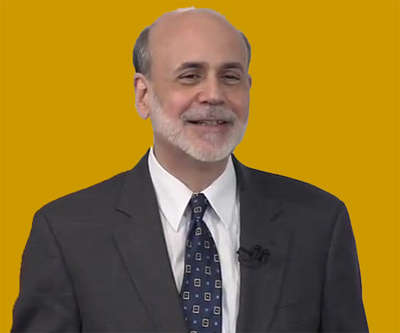Gold sinks below $1,600 after Fed disappoints

Contract gold dropped to below the $1,600 an ounce level after the Federal Open Market Committee said it will be renewing its Twist program which will now only expire at the end of the year and extend its holdings of long-term Treasurys by $267 billion.
Traders were disappointed by the size of the asset purchase program that the Federal Reserve and its Chairman Ben Bernanke decided on, sending gold tumbling more than $25 by lunchtime to change hands at $1,598 an ounce. Earlier in the day the metal fell to $1,591.
Gold bugs were hoping for a third round of quantitative easing which has been a massive boon for the yellow metal. The price of gold had almost doubled on the back of QE1 which kicked off in December 2008, QE2 (first mooted in August 2010) and the first phase of ‘Operation Twist’ (started in September last year). Before QE1 the Fed’s total assets were below $1 trillion. It is now closer to $3 trillion.
Analysts believe Twist is not a particularly strong tool to spur economic growth and that its size is too limited which is why today’s news is a negative for gold. Marketwatch quotes Ethan Harris, co-head of global economic research at Bank of America, as describing Twist as “like shooting a squirt gun at the economy.” Harris also believes “the Fed will ultimately launch another large scale asset purchase program, or quantitative easing, to help support the economy.”
Reuters spoke to Lynette Tan, an analyst with Phillip Futures in Singapore ahead of the announcement and she warned that if the Fed does not announce any new programs gold will likely start falling again: “For the moment, we expect policy decisions from the Fed to influence gold price more than risk appetite linked to the euro crisis.”
After hitting a high for the year, but failing to scale the $1,800 an ounce bar at the end of February, gold has taken a few hard knocks on the way to its current trading level.
The spikes downward have all been thanks to actions or pronouncements by the Fed and the fortunes of the precious metal seem increasingly linked to monetary policy in the US. At the same time volatility in the gold price has increased dramatically.
At the start of April for instance gold dropped some $60 an ounce in a single session when Fed minutes appeared to indicate QE3 was off the table and its policy of zero interest rates may be coming to an end sooner than previously thought.
The same thing happened on June 7 when gold dropped $50 to under $1,600 an ounce in a couple of hours after Bernanke delivered “anti-climactic” testimony to the US Congress.
That was not the first time traders got cold feet after breaking an important psychological level. A similar pattern was followed in the days after gold futures hit a record high above $1,900 an ounce in August. The yellow metal slid for two days after hitting the record, losing $105 or 5.6% in value in a single day.
In 2011 trading in gold was the most volatile since 1980 with the gap between the year’s highs and lows coming in at close to $600 an ounce or a 32% range.
In 1980 the spread was even greater at more than 40% and followed the 21 January 1980 record of $850 a ounce set after a spike in oil prices following the Iranian revolution and Russia’s invasion of Afghanistan.
At the time gold also fell precipitously after setting the record – within two days it fell back to under $700 starting a bear market that lasted almost three decades.
Gold breached $850 again at the start of 2008, but in inflation adjusted terms the 1980 price is still the highest ever – gold would have to hit some $2,400 an ounce to set a record in today’s money.
More News
{{ commodity.name }}
{{ post.title }}
{{ post.date }}





Comments
2ndOrion
Best to have money ready to buy when it drops low, when high it is a bad time to buy. If money is available, should save it until Bernanke drops it even lower, if he will. Bernanke has raised the Dollar supply by over 4 times, so the price will always be at least 4 times what it used to be before he did this.